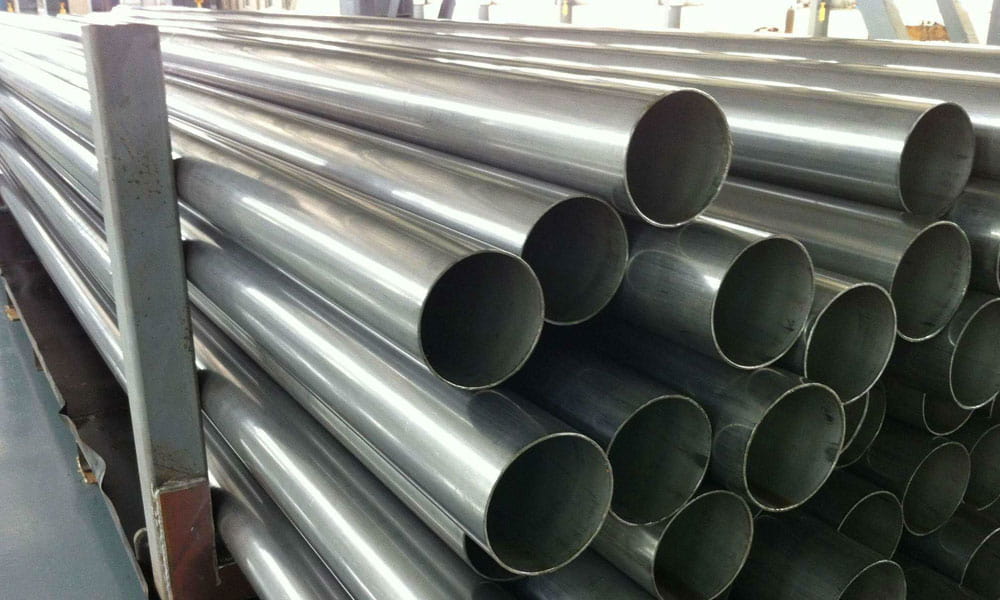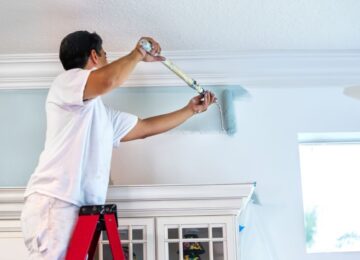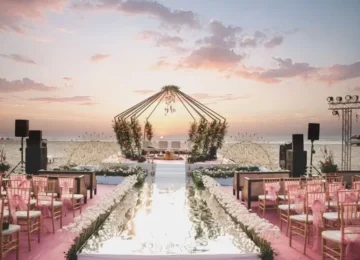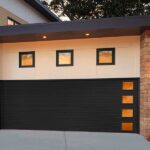When it comes to designing and installing a piping system, selecting the right buttweld fittings is crucial for ensuring both the safety and functionality of the system. Whether you are working on a commercial, industrial, or residential project, the correct fittings will provide strong, reliable connections that withstand pressure, temperature fluctuations, and other operational stresses. In this guide, we’ll walk through the key factors to consider when choosing the right buttweld fittings, including popular options like Buttweld 45 Degree Elbow and Buttweld 90 Degree Elbow.
Understand the Purpose and Function of Buttweld Fittings
The first step in choosing the right buttweld fittings is understanding the purpose of each fitting in your piping system. Buttweld fittings are designed to connect, join, or change the direction of a piping system. These fittings are welded directly to the pipe at the ends, creating seamless, long-lasting joints that are crucial for high-pressure or high-temperature systems.
Common types of buttweld fittings include:
Elbows (45-degree, 90-degree, etc.)
Tees
Reducers
Caps
For example, Buttweld 45 Degree Elbow and Buttweld 90 Degree Elbow are commonly used to change the direction of fluid flow in piping systems. The difference in degree angles—45 and 90 degrees—determines the degree of direction change, so it’s essential to select the right one based on the specific requirements of your system.
Consider Pipe Size and Material Compatibility
One of the most important factors in choosing buttweld fittings is ensuring compatibility with the pipe size and material. The diameter of the pipe and the fitting must match precisely for a strong, leak-free connection. Whether you’re working with small residential plumbing or large industrial piping, buttweld fittings come in a wide range of sizes to suit various systems.
Additionally, the material of the fittings should match the material of the pipe. Stainless steel, carbon steel, alloy steel, and PVC are common materials for buttweld fittings, each suited for different applications. For instance, stainless steel buttweld fittings are ideal for systems that require high resistance to corrosion, while carbon steel buttweld fittings are often used in applications involving high-pressure systems.
Determine the Required Angle and Fitting Type
When selecting buttweld elbows, the angle of the bend is crucial to ensure smooth flow and avoid excessive pressure drops. Common options include:
Buttweld 45 Degree Elbow: This fitting is often used in systems where a slight change in direction is required. The 45-degree angle is ideal for situations where a moderate bend is needed, ensuring smooth flow with minimal resistance.
Buttweld 90 Degree Elbow: The 90-degree elbow creates a sharp turn in the pipe and is typically used when a direct change of direction is needed. This fitting is perfect for situations where space is limited or where pipes must take an immediate right angle.
The choice between 45-degree and 90-degree elbows depends on the space constraints, flow rate, and system design. Buttweld 45 Degree Elbows are generally used in systems where gradual turns are necessary to prevent turbulent flow, while Buttweld 90 Degree Elbows are used when sharp changes in direction are required.
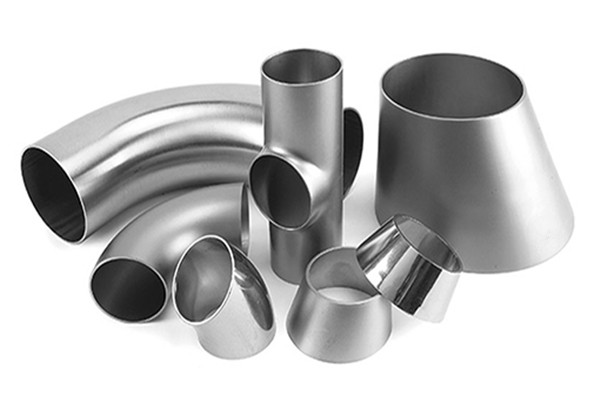
Evaluate the System’s Pressure and Temperature Requirements
Different piping systems operate under varying levels of pressure and temperature. It’s essential to choose buttweld fittings that are designed to withstand the specific demands of your project. High-pressure and high-temperature systems, such as those found in industries like oil and gas, require fittings that are capable of handling extreme conditions without compromising safety.
For example, if your system will be carrying hot water, steam, or chemicals, you should choose buttweld fittings made from high-grade materials like stainless steel or alloy steel, which have excellent resistance to heat and pressure. Always ensure that the fittings you choose are rated to handle the pressure and temperature your system will operate under.
Assess the Durability and Corrosion Resistance
The durability and corrosion resistance of your buttweld fittings are vital factors that determine the longevity of your piping system. Environments with exposure to moisture, chemicals, or extreme temperatures will require fittings that are resistant to corrosion. For example, stainless steel buttweld fittings are known for their excellent corrosion resistance and are ideal for systems exposed to harsh conditions.
If your system involves transporting chemicals, acids, or other corrosive materials, be sure to choose buttweld fittings that are specifically designed for such environments. The right material will help prevent rust and corrosion, ensuring that your system remains safe and operational for a long time.
Ensure Compliance with Industry Standards and Regulations
When choosing buttweld fittings, always ensure that they meet the required industry standards and regulations. Depending on the application and location, there may be specific codes that the fittings must comply with, such as those from the American Society of Mechanical Engineers (ASME), ASTM International, or the American National Standards Institute (ANSI). Adhering to these standards guarantees that the fittings are of the highest quality and will perform safely under the required operating conditions.
Moreover, compliant buttweld fittings are essential for avoiding legal or regulatory issues that can arise if the fittings fail or cause safety hazards. Always source fittings from reputable manufacturers or suppliers to ensure they meet these stringent standards.
Choose Between Butt-Welding and Other Fitting Types
While buttweld fittings are known for their durability and strength, there are other fitting options available, such as threaded fittings or flanged fittings, which may be more appropriate for certain applications. Buttweld fittings, however, provide superior resistance to leaks and are ideal for systems where reliability and long-term performance are critical.
If your project involves a piping system with high fluid velocity, high pressure, or demanding industrial environments, buttweld fittings are likely the best choice due to their robust nature and seamless design.
Conclusion
Choosing the right buttweld fittings for your project is essential for ensuring the safety, efficiency, and longevity of your piping system. Consider factors such as pipe size, material compatibility, pressure and temperature requirements, and the type of bend needed. Whether you need a Buttweld 45 Degree Elbow for a gentle turn or a Buttweld 90 Degree Elbow for a sharp directional change, selecting the correct fitting will provide the structural integrity and reliability that your system needs. By understanding these key considerations, you can make an informed decision and ensure that your piping system operates smoothly for years to come.


